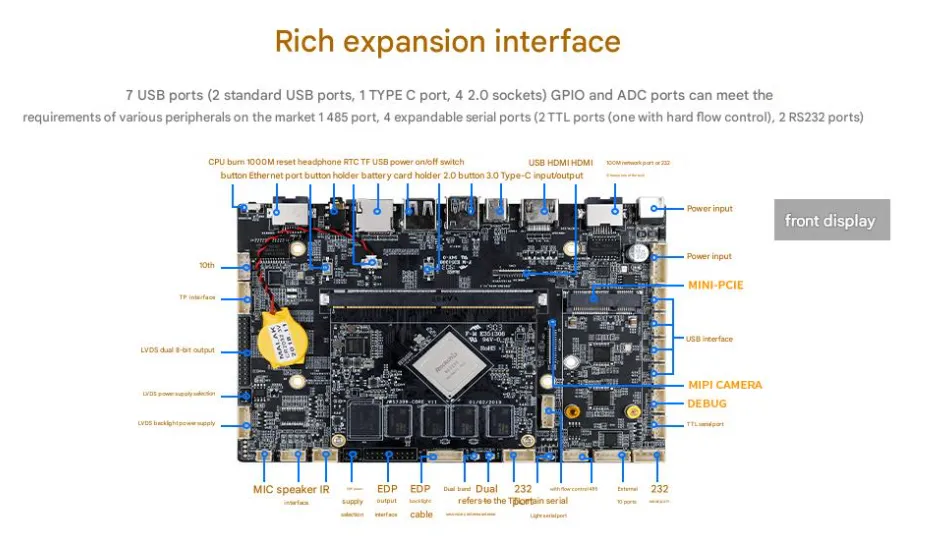Which Medical Devices Can Use Industrial Motherboards?
Currently, some medium- and large-scale medical equipment are controlled by industrial motherboards. Medical devices using industrial motherboards are primarily categorized into the following categories: vital information and support, clinical testing, digital ultrasound, and radiology imaging.
Life information and support: Defibrillators, patient monitors, intensive care monitors, fetal monitors, central monitoring systems, multi-parameter monitors, anesthesia machines, ventilators, Holter monitors, smart wards, etc.
Clinical testing: Hematology analyzers, biochemistry analyzers, electrolyte analyzers, etc.
Digital ultrasound: Color desktop/portable ultrasound systems, black-and-white ultrasound systems.
Radiology: Digital X-ray (DR) systems, magnetic resonance imaging (MRI) systems, digital mammography systems, CT scanners, etc.
Specific Applications of Industrial Computers in Individual Products
Monitors: Monitors are medical devices used to continuously, automatically, and in real time monitor the physiological or biochemical parameters of critically ill patients, and automatically record and alarm after analysis and processing. Currently, most monitors are based on PCs or embedded systems. Their features include: industrial control motherboards or specialized embedded motherboards, operating systems, C programming, networking capabilities (RS232/485), multiple parameters, portability, modularity, and significantly reduced power consumption (typically <50W). These developments are network-centric and can be connected to hospital HIS systems to form clinical information systems. The digital processing system utilizes an industrial motherboard. Chuangtengxiang's industrial motherboards support independent development to meet the needs of industrial applications.





